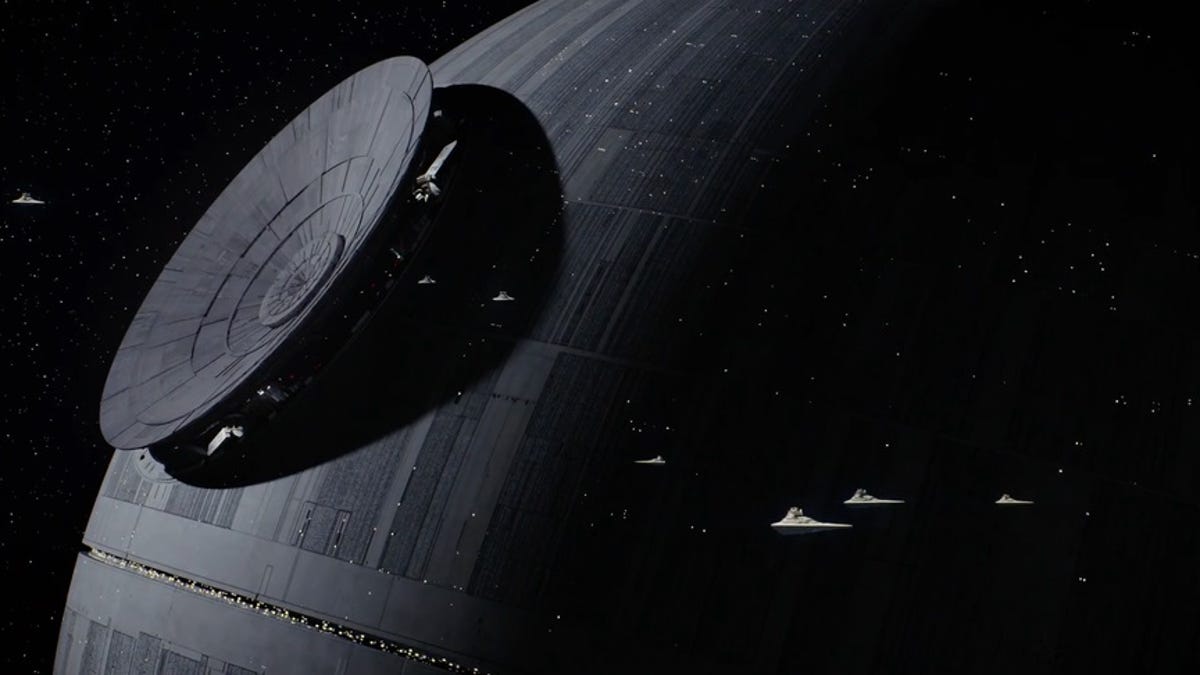How we could spot a 'Death Star' in real life
"Rogue One" resurrects a discussion of the Empire's favorite planet-killing weapon. Could we detect evidence of a Death Star blast across space and time?

Each installment in the Star Wars universe, including the just released "Rogue One," reminds us at the top that the story takes place "a long time ago in a galaxy far, far away...."
So you needn't worry about the possibility of a fascist galactic empire blowing up planets with massive lasers in our neighborhood. But what if the stories were real? Could we spot evidence of a deadly "Death Star" blast across space and time?
The answer is yes, with an awful lot of luck, according to astronomy professor David Kipping at Columbia University's Cool Worlds Lab.
While an actual Death Star would be by far the largest construction project in history, the battle station still would be too small to detect with the equipment and techniques currently used to spot distant exoplanets. But when its massive laser beam was used to destroy the planet Alderaan in the original "Star Wars," for example, the resulting explosion and warm debris field could remain visible for eons, Kipping explains in the above video.
In fact, if there were a Death Star-like attack in the early history of our own solar system, the remnants of that destroyed planet could have wound up forming the asteroid belt between Mars and Jupiter. There's no evidence of this actually happening, but Kipping points out that astronomers have already spotted what they believe to be planetary fragments smashing into each other around a distant star.
Probably the best way to detect direct evidence of a hypothetical Death Star blast, according to Kipping, would be if the Empire had somehow missed its target.
As physicist Martin Archer helps explain in the video, the blast that took out Alderaan is equivalent to a week's worth of the sun's total energy output condensed into just three seconds.
Kipping says that if that beam missed its mark and instead propagated across space, it would widen and lose intensity as it went. You still wouldn't want to be in its path after 10 light-years, though.
"Every square meter of your (planet's) surface would be baked by six terawatts of power. That's certainly enough to sterilize the surface," Kipping explains.
Fortunately, 10 light-years isn't very far away at all in galactic terms, and George Lucas promised us that this all went down "far, far away." Kipping says that by the time a Death Star blast traveled the few million light-years it would take to get from the Milky Way to the nearest galaxy, Andromeda, it would no longer be dangerous. Remarkably, though, if you happened to be on a planet in the path of the dramatically widened beam, you would probably still be able to feel it as warmth on your skin, even millions of years later.
So even if a real-life Death Star were blasting its way through threats to the Empire millions of years ago and light-years away, the science says we could feasibly feel the effects here, on the other side of the universe.

